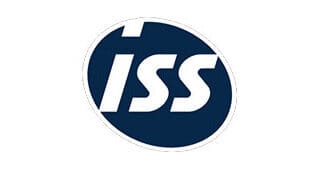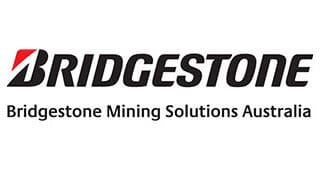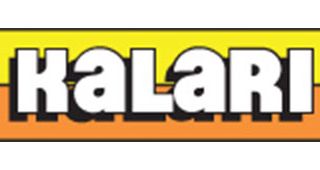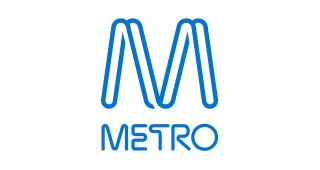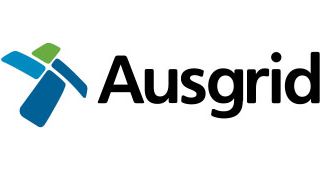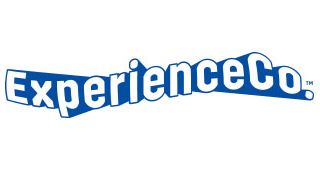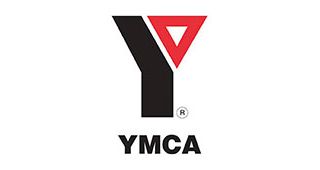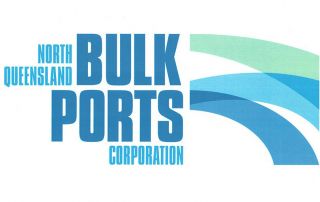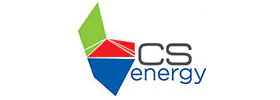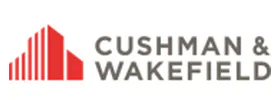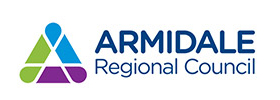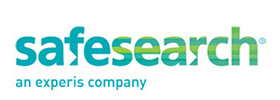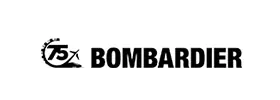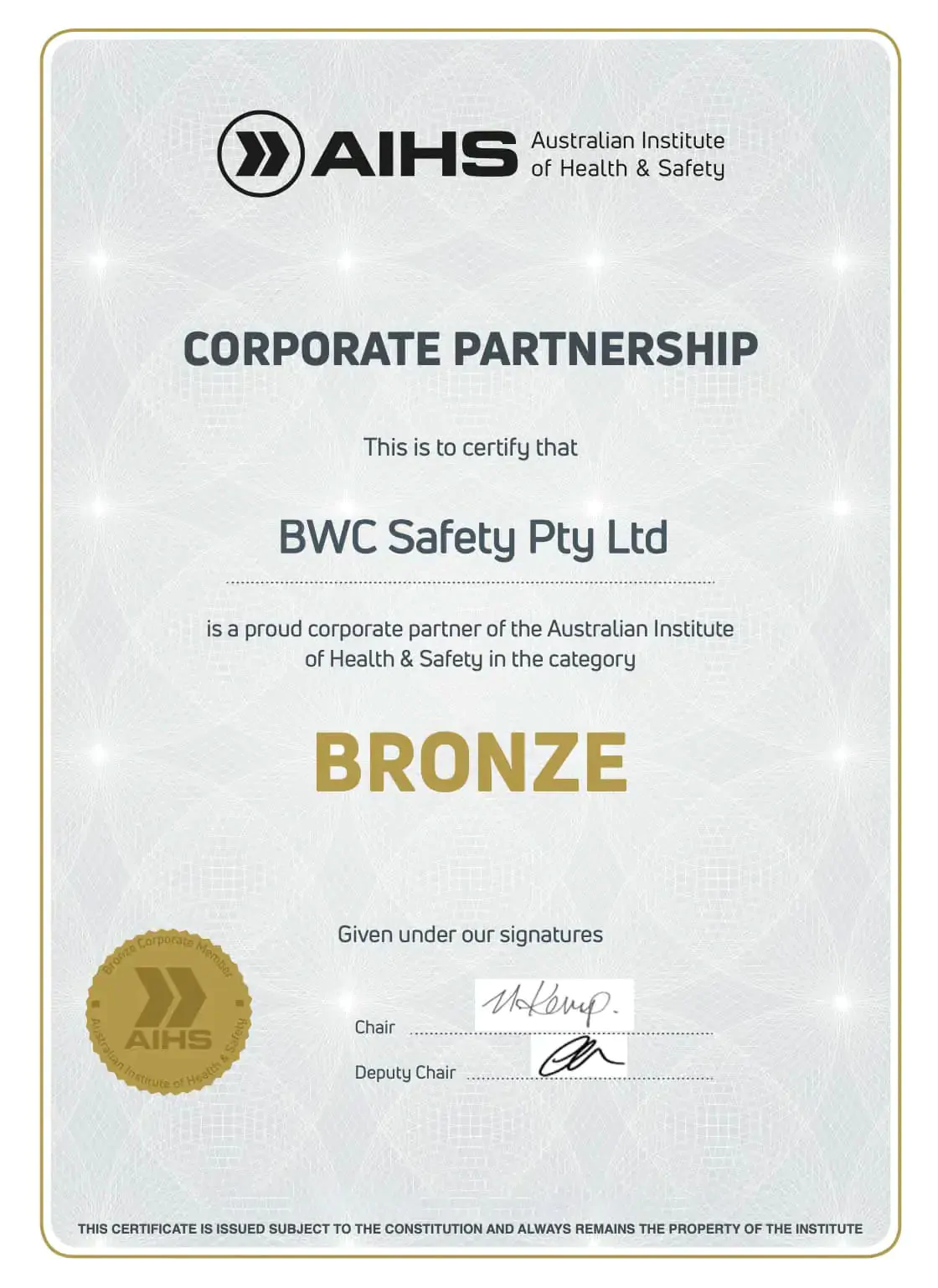Unique OHS Risks in the Healthcare Sector
Many of the workplace OHS risks commonly found in the healthcare sector are unique and this can present challenges for OHS professionals who may have recently joined the Health and Safety team in a hospital, medical clinic, or health provider. In this article, we will explore the main safety risks to healthcare workers and discuss strategies to mitigate these risks.
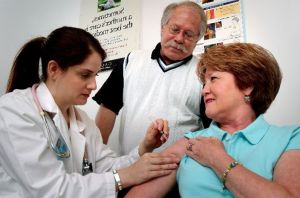
Healthcare workers face a variety of safety risks while performing their jobs. These risks can range from exposure to infectious diseases to physical injuries from lifting and moving patients. Understanding the main safety risks to healthcare workers is essential for developing effective strategies to minimise these risks and ensure the safety and well-being of healthcare workers.
Here are some of the common risks in the healthcare sector to consider:
Infectious diseases: Healthcare workers are at elevated risk of exposure to infectious diseases, particularly those who work in hospitals and other healthcare settings. Exposure can occur through direct contact with infected patients or through contact with contaminated equipment or surfaces. Healthcare workers can protect themselves from infectious diseases by following proper infection control procedures, such as wearing personal protective equipment (PPE) and practicing good hand hygiene.
Needlestick injuries: Needlestick injuries are a common safety risk for healthcare workers, particularly those who work with needles and other sharp instruments. These injuries can expose healthcare workers to infectious diseases and other bloodborne pathogens. To minimize the risk of needlestick injuries, healthcare workers should follow proper needle safety procedures, such as using safety needles and disposing of needles in sharps containers.
Physical injuries: Nurses, orderlies and radiology staff are at elevated risk of physical injury where patient lifting and handling are common. These injuries can include strains, sprains, and other musculoskeletal injuries. To minimize the risk of physical injuries, healthcare workers should receive proper training on safe patient handling techniques and have access to proper lifting and transferring equipment. Coaching staff on the waiting for assistance is often required.
Violence: The risk of violence from patients and visitors, particularly in emergency departments and psychiatric units is significant. Most patient facing staff will have stories of physical assault, verbal abuse, and threats. To minimize the risks from these anti-social behaviours, healthcare facilities should have policies and procedures in place to manage violent incidents, and healthcare workers should receive training on how to de-escalate volatile situations. Employee assistance programs are also vital to support staff.
Chemical exposure: Healthcare workers may be exposed to chemicals, such as disinfectants and other cleaning agents, which can cause skin irritation, respiratory problems, and other health issues. To minimize the risk of chemical exposure, healthcare workers should use proper PPE, such as gloves and respiratory protection, when handling chemicals, and facilities should provide training on the safe handling and storage of chemicals.
Radiation exposure: Staff who work with diagnostic imaging equipment, such as X-ray machines and CT scanners, are at risk of radiation exposure, although typically they will be well trained in the techniques to minimise radiation risks. Guarding against complacency and ensuring that personal dose tests are up to date and reviewed by management are essential.
Poor emergency evacuation knowledge: Healthcare facilities are at risk of an emergency like any other organisation. However as OHS consultants who work in the sector frequently, we have found that many nurses and patient facing staff do not understand the protocols for evacuating themselves and their patients. The reason for this, particularly in the smaller clinics, is that evacuation drills are rarely held because of the possible effects on patients. Most emergency response practice is simply the testing of sirens. OHS Professionals should work closely with management to plan evacuation drills in a manner that doesn’t disrupt critical procedures but enables staff to become knowledgeable of these life-saving procedures.
Psychosocial Hazards: Because of the pressures of their roles, staff in the healthcare sector are at higher risk from psychosocial hazards compared to other industry sectors. As workplace OHS consultants who specialise in the healthcare sector, we have found that the common hazards include harassment from other staff and supervisors; being constantly overloaded with work; and feeling that they are constantly reactive to the latest crisis. To minimise the risks from psychosocial hazards, management and staff must regularly assess the workload and consult with one another to ensure that no team member is failing to cope. Risks must be managed in the same way and with the same vigour as normal OHS risks are managed.
For the OHS professional who is often the only one in the team and is time poor, or for those who need an independent OHS review it is usually a clever idea to consider seeking assistance from an OHS consulting firm that has experience in the sector rather than a generalist firm that may not understand the unique risks in healthcare.
At BWC Safety we have senior OHS consultants who have worked extensively with staff in hospitals, radiology clinics, and a wide range of allied health facilities and ca assist with OHS reviews, staff training in safety leadership and coaching of staff in managing OHS risks in healthcare.
How to get help
At BWC Safety we have an experienced team who have been helping organisations with safety compliance for more than twenty years. Many of our clients are household names and we partner with them over all phases of the safety journey. You can reach us through our website www.bwcsafety.com.au or at 0408 300 187.
Make an Enquiry
Ensure your organisation isn’t making critical WHS mistakes by getting expert advice before it’s too late.

